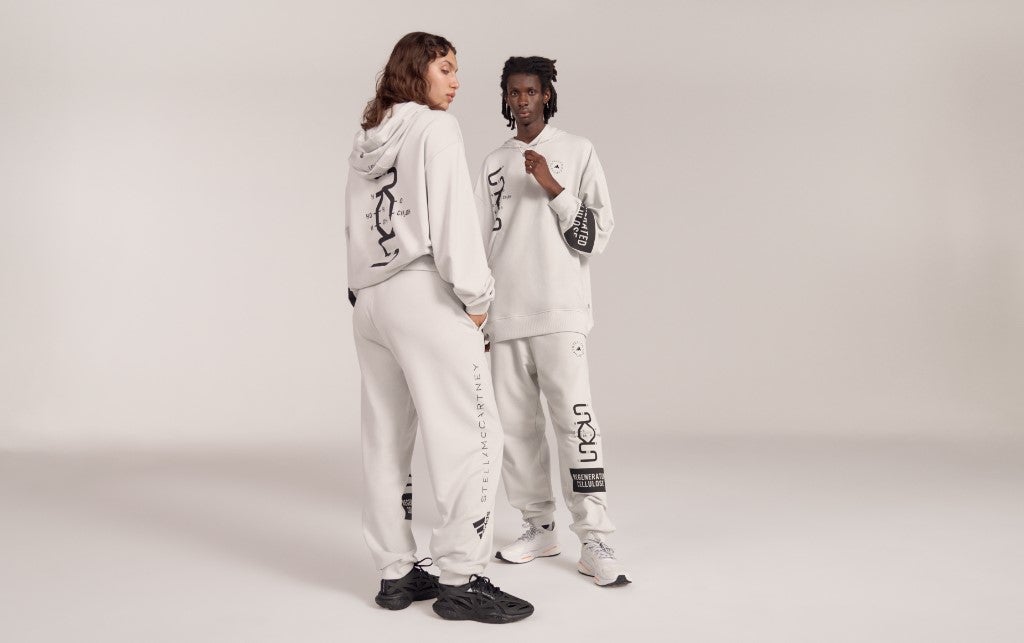
The New Cotton Project says its installation at Amsterdam’s Fashion for Good Museum charts the process and progress of what it describes as the first potential circular garment ecosystem of scale, which was produced by Adidas and H&M Group.
The launch also coincides with the release of two white papers produced by Aalto University, which explore circular business models and share an overview of the New Cotton ecosystem blueprint.
The New Cotton Project has reached the two-year point in its three-year project. The final stage of the collaboration will focus on continued data collection, further academic papers from Aalto University and the Life Cycle Assessment, all of which will be shared with the wider industry with the aim of inspiring further circular initiatives in the future.
The New Cotton Project believes the fashion industry urgently needs scalable circular solutions, yet it says the creation of circular materials to decrease dependency on virgin material has historically proven challenging, with a truckload of textiles being landfilled or burned every second.
The New Cotton Project was introduced to answer this challenge and aims to demonstrate a potential blueprint for commercial circular garment production, and a new more sustainable way of working for the fashion industry.
The New Cotton Project highlights the Adidas by Stella McCartney Sportswear Tracksuit Viscose (Gender Neutral) and H&M Group’s utilitarian jacket and trousers were created using a new, high-quality Infinna fibre made from post-consumer end-of-use textiles.

US Tariffs are shifting - will you react or anticipate?
Don’t let policy changes catch you off guard. Stay proactive with real-time data and expert analysis.
By GlobalDataThe organisation believes both garments demonstrate a potential for a circular garment eco-system, and highlights the industry’s ability to move from a linear to a circular model of production.
Fashion for Good’s recent Sorting for Circularity report, which was published in September 2022 suggests up to a quarter of European post-consumer textiles could become textile-to-textile recycling feedstocks in the future. This includes the 494,000 tonnes of low-value post-consumer textiles identified as readily available for fibre-to-fibre recycling.
The New Cotton Project explains an estimate of how much is likely to be a fit for Infinna technology will be available later on in the project.


